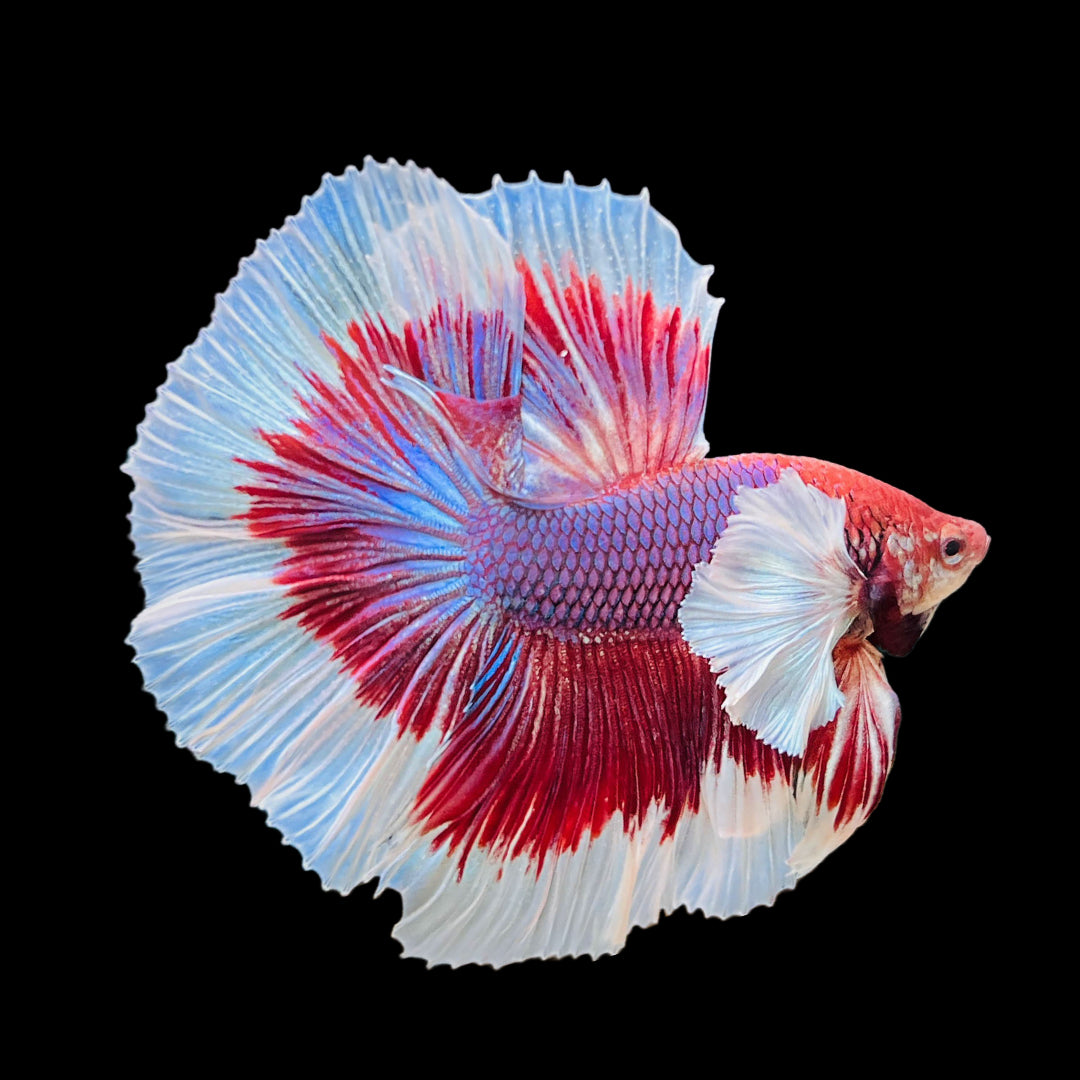How to Develop the Perfect Betta Fish Habitat in the house
How to Develop the Perfect Betta Fish Habitat in the house
Blog Article
Just How to Reproduce Betta Fish Efficiently: Specialist Methods and Insights for Hobbyists Looking to Broaden Their Betta Collection
Breeding Betta fish needs a nuanced understanding of genetics and environmental conditions, making it essential for enthusiasts to come close to the process with both persistance and treatment. Creating an optimum breeding atmosphere, choosing the ideal pairs, and observing the complexities of their courtship habits are fundamental steps that can substantially affect the result.
Comprehending Betta Fish Genes
Recognizing the genes of Betta fish is crucial for successful breeding, as it influences qualities such as shade, fin shape, and behavior. Betta fish exhibit a varied array of colors and patterns, mainly determined by their hereditary make-up.
Along with pigmentation, fin morphology is an additional considerable aspect of Betta genetics (betta fish). The form and dimension of fins are affected by different genetics, including those that determine whether the fins are short, long, or veil-shaped. Comprehending these genetic variations helps dog breeders forecast the phenotypic end results of their children
In addition, behavior attributes such as aggression and territoriality can additionally be affected by genes. These habits play a vital duty in the breeding process, as they can influence generating success and the overall character of the resulting fry. By adequately understanding these hereditary concepts, breeders can make enlightened choices, ultimately improving their breeding programs and accomplishing preferable results.
Preparing the Reproduction Environment
Developing an optimal breeding environment is vital for the successful reproduction of Betta fish. The very first step in preparing this environment is to pick a proper reproduction storage tank, preferably varying from 5 to 10 gallons.
Following, consider making use of a sponge filter or an air rock to supply mild water circulation without producing solid currents that can worry the fish. It is necessary to install plants or breeding cones to use concealing places and advertise convenience for the female during the spawning process. Floating plants, such as Java moss or water sprite, can likewise develop an extra natural atmosphere while helping with bubble nest building by the male.
Prior to introducing the reproducing sets, guarantee the water is conditioned and devoid of damaging chemicals, such as chlorine or heavy metals. betta fish. Regular water changes need to be conducted to maintain optimum water high quality, boosting the opportunities of successful breeding. With these prep work in place, the breeding atmosphere will sustain the wellness and well-being of both Betta fish
Choosing Reproduction Pairs
Selecting the right breeding pairs is essential for achieving effective Betta fish reproduction. Healthy and balanced Betta fish display vivid shades, clear eyes, and active actions.
Personality is another essential consideration, as Betta fish are recognized for their aggressive nature. It is a good idea to choose a man and woman that exhibit suitable personalities to reduce stress and anxiety during the reproducing procedure. A calm man can urge a smoother courtship, while a woman that is too aggressive may disrupt the process.
Hereditary history also plays a substantial function in the top quality of the children. Breeding fish that are genetically varied can minimize the risk of hereditary health concerns and boost the overall vitality of the fry. It is beneficial to investigate the family tree of both the man and woman, concentrating on preferable qualities such as fin kind, color patterns, and size.
The Reproduction Refine
The breeding process of Betta fish calls for mindful planning and attention to information to make certain an effective outcome. It is essential to prepare an ideal breeding tank, preferably a her response 5-10 gallon aquarium with a temperature preserved at 78-80 ° F. The storage tank must be geared up with a heating system, filter (preferably sponge kind to stay clear of solid currents), and a lot of aquatic plants for the woman to hide.
Once the atmosphere is established, introduce the selected reproducing pair to the storage tank, enabling them to adjust. Observe their habits; the man will display elaborate courtship rituals, including flaring his fins and developing a bubble nest. If the female reveals rate of interest, she will certainly display vertical stripes indicating preparedness for spawning.
When the woman is receptive, the set will involve in a mating accept, throughout which the male feeds the eggs. Preserving ideal water conditions throughout this period is essential for the development of healthy Betta fry.
Taking Care Of Betta Fry

Feeding Betta fry is critical, as they click over here require a diet plan high in healthy protein. They can be fed infusoria or fluid fry food, transitioning to carefully crushed top notch pellets as they expand. Feed little sections numerous times a day to motivate healthy growth without overloading the storage tank with uneaten food.

As they develop, check their development very closely and divide any type of aggressive individuals to protect against damage. By offering a nurturing setting and proper nutrition, enthusiasts can successfully raise Betta fry into dynamic, healthy fish, inevitably improving their reproduction ventures.
Verdict
Successful Betta fish breeding needs precise focus to genetic selection, environmental problems, and treatment for the fry. By comprehending the genetics of Betta fish and preparing an ideal breeding environment, enthusiasts can improve the opportunities of creating lively, healthy and balanced children. Choosing compatible reproduction sets and closely keeping an eye on the courtship and spawning procedures are important. Supplying optimal treatment for the fry ensures their healthy growth, adding to a successful Betta collection.
Report this page